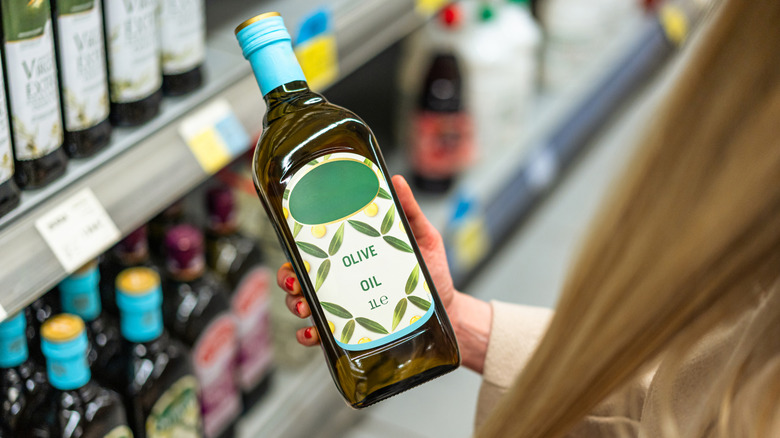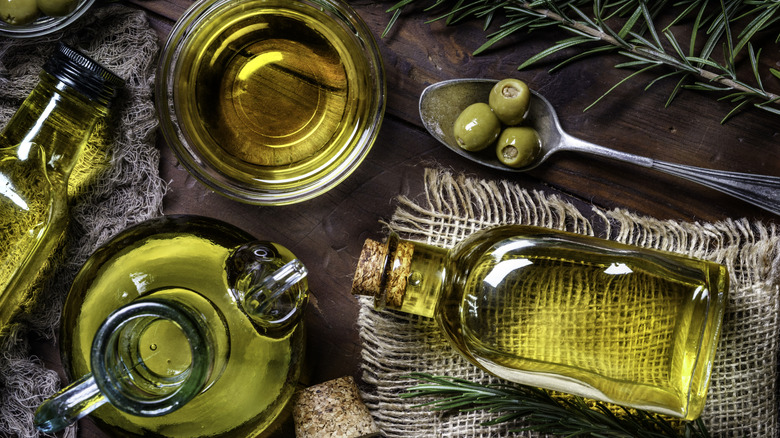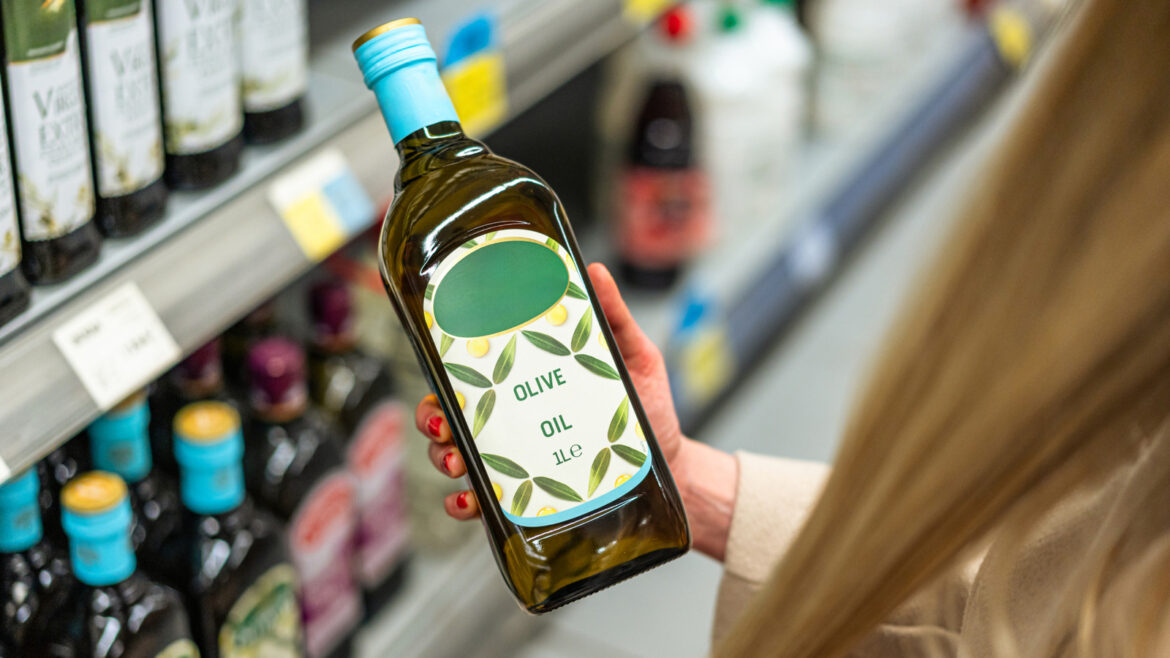
Ninelives/Getty Images
As the price of olive oil continues to skyrocket, international crime rings infiltrate the market with fraudulent or adulterated olive oil. In 2023, Italian inspectors found 380 tons of counterfeit virgin olive oil worth 2 million Euros, accusing 17 individuals of mislabeling and phony advertising. That same year, Italian and Spanish authorities arrested 11 suspects after they seized 260,000 liters of olive oil that was likely blended with seed oils or even lampante – a much lower-quality oil historically used as fuel for lamps. These are just a couple of criminal cases that the EU reported, and doesn’t take into account domestic fraud in the EU’s individual countries. Fraud is also pervasive in U.S.produced extra virgin olive oil because it’s not regulated by the USDA.
Fortunately, you can avoid buying lesser-quality olive oil by checking for certifications on the bottle’s label. Ninety-nine percent of olive oil produced in the U.S. comes from California, and the California Olive Oil Council has very strict requirements for certification of extra virgin olive oil. The COOC’s unmissable gold seal assures buyers that they’re purchasing 100% pure virgin olive oil. You can also look for the National American Olive Oil Association seal, which randomly tests participants’ olive oil at least twice a year. Many popular brands of olive oil and extra virgin olive, such as Costco Kirkland Signature olive oil, have been certified by the NAOOA as pure and unadulterated. Certification for both organizations is voluntary, and so not all olive oils sold in the U.S. are tested for purity.
European labeling of olive oil is stricter

Apomares/Getty Images
The European Union certification for olive oil products is also voluntary, but the EU has adopted mandatory labeling requirements. There are two certifications you should look for when you’re shopping for extra virgin olive oil that’s produced in the EU: PDO (Protected Design of Origin) and DOP (Denominazione di Origine Protetta). The DOP certification is for Italian-produced olive oils, while the PDO certification is for all of Europe. Both certifications have strict regulations regarding where the olives are grown, when and how they’re harvested and pressed, and must pass chemical and sensory tests. The Italian certification (DOP) is even stricter by requiring that the majority of a particular type of olive must be grown in a particular region of Italy.
Since the majority of fraudulent olive oil is produced in Europe, EU certification takes the process one step further by mandating how bottles are labeled. Not only must labels be large and legible, they need to state country and region of origin, producer information, packaging information, harvest year, how the olives were pressed, expiration date, and storage instructions. When you purchase a bottle with the PDO or DOP seal of certification, you know for certain that you’re buying the absolute best olive oil. There are other ways you can tell whether your extra virgin olive oil is authentic, and you should also beware olive oil that lists multiple countries on the label. But if you look for either of the above mention U.S. or EU certifications, you won’t ever get fooled by poor-quality olive oil again.


Dining and Cooking